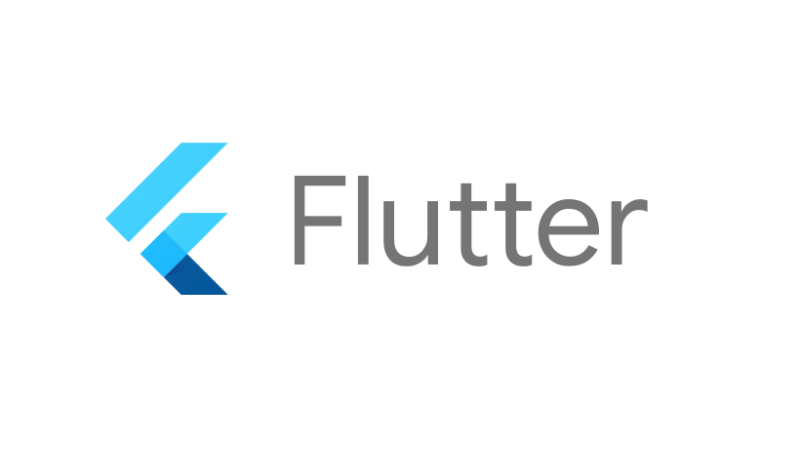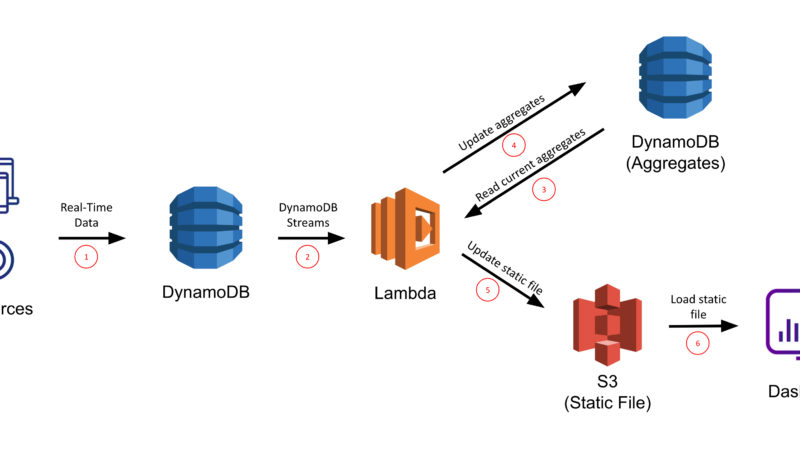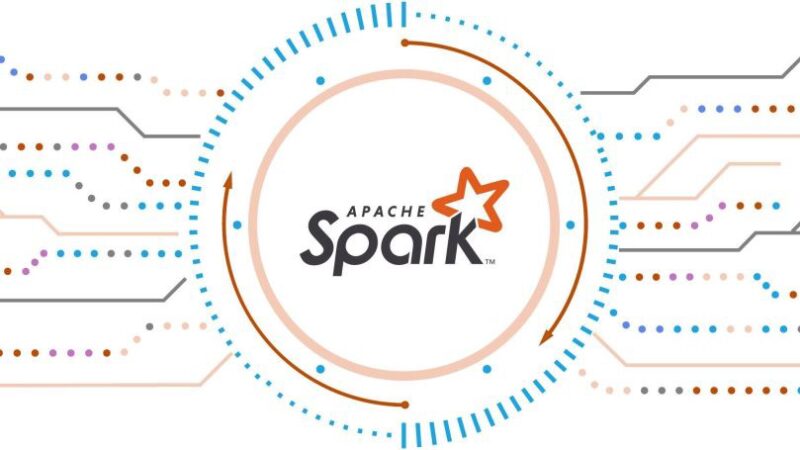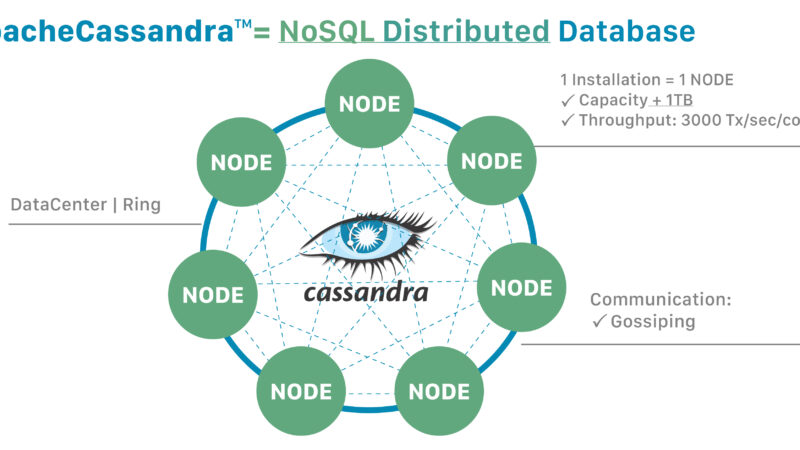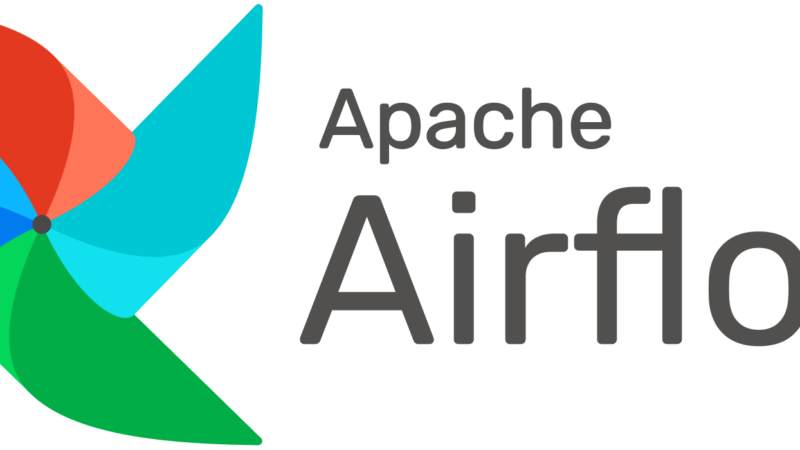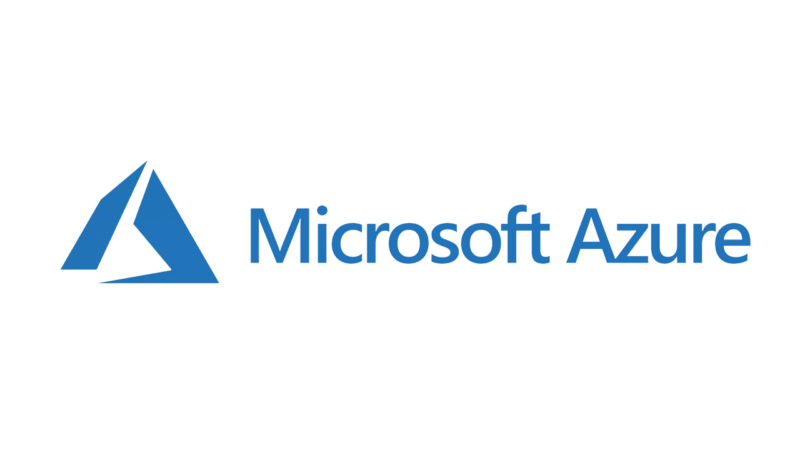Blockchain Interview Questions for freshers and experienced
Generally, Blockchain is a system that records facts in settings that makes it hard to hack, cheat or alter the system. Each block of chain includes transactions, and every time a new transaction happens, a new transaction record appears on the Blockchain. In simple terms, Blockchain is a data structure that includes all the transactional details and ensures that these records are safe, transparent, and decentralized. Also, you can refer to it as a chain of records stored in blocks and under not one authority.
Over the years, the blockchain industry has gained many investors with its popularity. This article highlights some key interview questions in the area. Check them out!
Udacity is proving nanodegree on block chain here is the detailed review
What’s your idea on Blockchain?
Blockchain is the decentralized well-distributed setting or database that includes multiple transaction records. It is a technology that came with the introduction of bitcoins. Currently, it is among the most trusted business approaches that many firms are using to make money. Blockchain technology is quite the same with an open-source approach that you can trust.
Explain the difference between Ethereum blockchain and Bitcoin blockchain
The Bitcoin blockchain was founded by Satoshi Nakamoto using the digital currency concept, while the Ethereum blockchain’s founder is Vitalik Buterin, and his concept works on smart contracts. Also, the two options work differently since Bitcoin uses the genesis block mined method while Ethereum is released using presale. The algorithm behind Bitcoin is SHA-256, and they use bitcoins, while in Ethereum, the algorithm is Ethash, and they use the ether cryptocurrency. Last but not least, the bitcoin blocks time is ten minutes while Ethereum blocks time is 12-14 seconds.
Which principle does Blockchain technology use?
Blockchain is a secure open-source database that allows critical transactions to move from one place to another without anyone hacking the information.
Explain the key types of Blockchain?
There are four main types of blockchain types. They include Public Blockchain, Private Blockchain, Consortium Blockchain, and Hybrid Blockchain.
- Public Blockchain: In this section, the database is permissionless. That is, the settings allow anyone to enter the decentralized system. Also, public Blockchain offers direct access to the Blockchain to all members equally. Note that due to its permission-less nature, anyone can create new data and validate it. Generally, public Blockchain is quite popular in mining and exchanging cryptocurrency.
- Private Blockchain: As the name suggests, the databases under Private settings are managed or require the users to have permission to access them. They work under a centralized organization where the authority determines key details like who takes the node’s position. Also, the authority may not offer different users the same rights. Note that it is a partially decentralized system since they feature a restricted access setting. The private Blockchain’s main flaw is that it is prone to bad actors and fraudsters.
- Consortium Blockchain: This Blockchain is works similarly with the private Blockchain since a group of organizers manages it. However, it is more decentralized compared to the private Blockchain; hence the security level is high. The main problem with this setting is that it requires much organization; hence setting it up is difficult.
- Hybrid Blockchain: The database under this setting work under one organization, but the oversight is quite similar to the public Blockchain. This feature allows the people to oversee transactions details and guarantee that the information is valid. Hybrid Blockchain aims to improve the efficiency of the blockchain business.
Give facts about why many people trust the Blockchain approach
Over the last couple of years, the popularity of the blockchain approach has been rising, with many companies adopting it. There are several reasons why companies recommend Blockchain, including:
- It is an open-source approach that tends to combine perfectly with many business applications
- The security feature is solid. Since it is an online setting, the brains behind the approach have placed the necessary safety precautions to make the business safe and legit
- Blockchain works for various types of business; hence you don’t have to worry about the type of business
What are the key record types in Blockchain?
Currently, you can view the transactional records and the block records. Note that the two are easily accessible, and you can easily integrate them.
Blockchain is a database with a distributed setting which makes it different from traditional databases. Explain
The blockchain database differs from the traditional in some properties, including operations, replication, invariants, and consensus.
- In Blockchain, the operations only allow operations insertion while the traditional databases can undertake the CRUD operations.
- The replication setting in Blockchain is quite simple, embracing the ideal of total replication of a transaction block while in the traditional settings, they include the multi-master and master-slave
- What happens after the transactions occur? In Blockchain, many people often agree with the final ruling of the transaction, while in traditional, there is a 2-phase commit setting.
- Last but not least, there is the issue of who can validate these transactions. Since the blockchain database supports maximum integrity, users have equal rights to validate the information, and the traditional database involves integrity constraints.
Name the crucial properties of the Blockchain approach
- Distributed ledger
- Decentralized systems
- Minting
- Safe and secure environment
Explain encryption
Generally, encryption means data security. It is a technological approach that ensures that an organization’s data is safe. This approach is quite popular since various companies adopt it to keep their data safe.
What is the role of encryption in Blockchain?
The encryption approach is quite popular in the Blockchain business. Experts encrypt the data or change the data in a special style before sending out the data to a network. This setting means that only authorized people have the right to access the correct information from the encrypted data. When working in Blockchain, the encryption approach is important since it adds to the security of the transaction blocks.
In Blockchain technology, what is it we refer to as blocks?
Naturally, the blockchain approach includes multiple records. However, since the records are many and storing them one by one is a hustle, the system stores them as blocks. Then the blocks are later linked together to form the Blockchain.
When working under the blockchain approach, how do you recognize a blockchain?
Every block of records contains a list of records, and one key feature is a hash pointer which works as the link to other blocks in the Blockchain. Also, there is transaction data and a time stamp.
Can you alter the data after recognition in a block?
No. It is impossible to alter or modify the data after it is part of a block. However, there are times when modification is necessary, and that’s where the authorization organization comes to the rescue. They have to delete information from not one but many blocks to make a complete change. The main reason why the modification process is quite hard is that organizations need to take extreme care of the data when using the blockchain approach.
Name the two key identifiers of a block
In a blockchain approach, many blocks make up the chain. So, how can you identify a block? You use the header hash and the height.
Generally, the blockchain approach contains many blocks. So, can you remove some blocks from the network, and if so, how do you do it?
You can remove one or more blocks from the Blockchain. However, there are situations where they only consider a particular part. Unlike deleting information from the blocks, this process is quite easy since all you need is default filters and options to help you remove some blocks.
Explain the security feature of a block in the blockchain technology
Generally, blockchain technology works using the encryption approach. That is, every block or the entire chain is under strong algorithms that keep the data safe. Also, they have the block hash pointers where every block has a specific one. And every time there is a modification of information in the block, the hash identifies changes. As a result, the block and the entire Blockchain are safe, including the data present.
How can you explain the Merkle trees?
The Merkle tree is popular and commonly goes by the name hash tree. It is a data set in the blockchain technology with leaf nodes, and each node includes a block. Also, there are non-leaf nodes that include child nodes.
What is the importance of the Merkle trees in Blockchain?
The Merkle trees are quite important in blockchain technology. Their main advantage is that the user doesn’t have to download all the blocks and the transactions. However, all they get is the block headers. This setting works when you need to verify that a transaction is present in a block. Note that you can choose to download a few branches of the Merkle trees and the results are the same. If the hash trees are okay, then the transactions are also great.
Explain the statement,” Blockchain is an incorruptible ledger.”
Blockchain has a reputation for being safe or incorruptible. That is, every fraudster working alone doesn’t have the power to change much about the industry. This fact means that someone who wants to attack a blockchain network needs to control at least 50% of the network’s computing power. Currently, many experts point out that this information is only a theory that no one has yet to prove. However, if it comes to such a case, this individual needs to take the necessary precautions to ensure nobody notices what they are doing.
What are the three standard ledgers that blockchain experts know of in the industry?
Centralized network, Distributed network, and decentralized network
What is the difference between a Blockchain ledger and a common ledger?
The most evident difference is that the blockchain ledger is digital, and its decentralization process is relatively easy. Also, the chances of making a mistake in the blockchain ledger are low compared to the ordinary ones. When we talk of a common ledger, human hands prepare the ledger while the Blockchain operates automatically. Note that all you need to do in the digitalized ledger is configure it in the right setting.
Is there a restriction in the type of data you can feed in a block?
No. There are no definite rules that govern what you can store in the blocks. As a result, various companies use the blockchain approach to secure any record, and the database will work.
Define the four main components of a Blockchain environment
The four crucial components include shared ledger, consensus algorithm, Node application, and Virtual Machine
- Shared Ledger: The ledger is a data structure under the node application. You can view all the important details in the blockchain ecosystem after the node application falls under the running state
- Virtual machine: As the name suggests, the virtual machine is an abstraction of the apparatus that operates using different instructions, and it works as a member of the node application that the blockchain environment runs
- Node application: As per blockchain technology operations, every node needs to embrace a computer application and run it according to the ecosystem they wish to have. For instance, the bitcoin ecosystem requires every computer to run a bitcoin wallet.
- Consensus Algorithm: Normally, you adopt it as part of the node application. Note that the algorithm dictates how the ecosystem arrives at the ledger
What are the differences between the Proof-of-stake and proof-of-work?
There are several differences between the two settings. They include:
- As the proof-of-work setting suggests, the ability of a user to mine a block is dependent on the amount of work they invest in: while the proof-of-stake depends on the stakeholders and the current value of their blocks in the blockchain network
- Proof-of-work takes more energy
State some of the popular blockchain platforms used to develop the blockchain applications
After the bitcoin evolution, many blockchain platforms rose; hence currently, there are many platforms. Ethereum was closely invented after the bitcoins evolution and is currently among the people’s favorite platforms that help companies build blockchain applications. Also, you can use the HyperLedger Community that focuses on developing enterprise-based solutions. There are also many platforms, including EOS, Qtum, IOTA, and many more.
Explain Double Spending and whether it is possible in the Blockchain technology
Double spending is when a digital token is spent several times since it includes an easy-to-clone digital clone. It isn’t an excellent condition since it delivers extreme losses to the organizations, which explains why double spending isn’t appreciated in Blockchain. Its main goal is to get rid of the approach.
